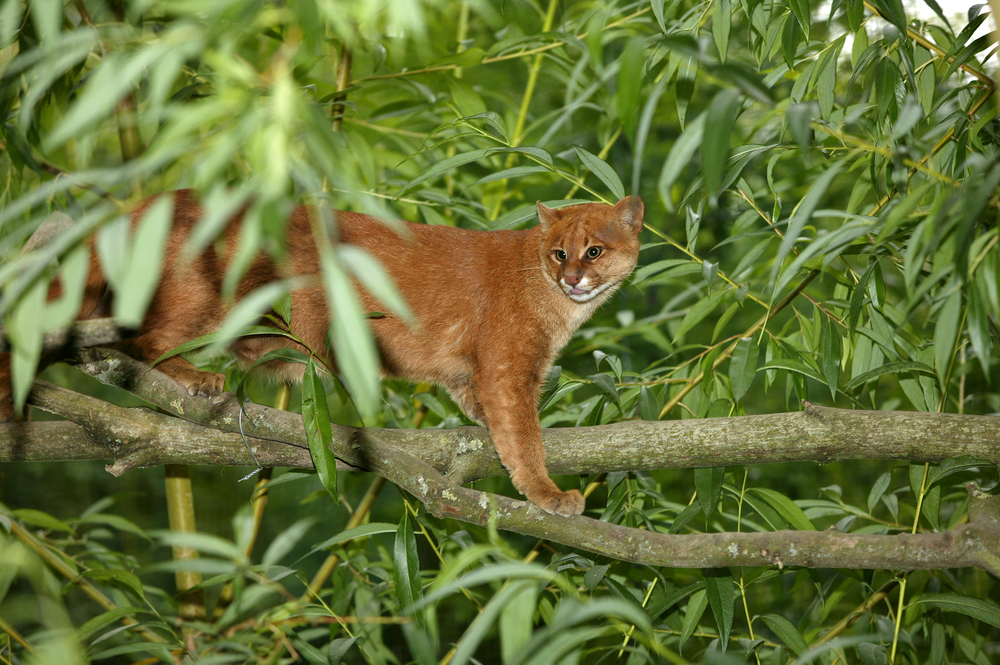Grutas de Languin Overview
Parque Nacional Grutas de Lanquín, known locally as “Parque Nacional Grutas de Lanquín,” is a captivating natural reserve located approximately 1 kilometer west of the town of Lanquín in the Alta Verapaz department of Guatemala.
Established in 1955, this national park encompasses an area of about 0.11 square kilometers (11 hectares). The park is renowned for its extensive limestone cave system, which serves as a significant geological and cultural landmark.
The terrain is characterized by intricate underground passages adorned with impressive stalactites and stalagmites, sculpted over millennia by the persistent flow of water. These subterranean formations create a mesmerizing landscape that has both scientific interest and aesthetic appeal.
Above ground, the park is enveloped by lush tropical rainforest, with the Río Lanquín emerging from the cave system and meandering through the verdant landscape before merging with the Río Cahabón. This riverine environment supports a diverse array of flora, including various species of ferns, orchids, and towering ceiba trees, which are integral to the local ecosystem.
The park’s rich biodiversity extends to its fauna, offering visitors the opportunity to observe a variety of wildlife. Notably, the caves are home to numerous bat colonies, and witnessing the mass exodus of bats at dusk is a popular attraction
. Bird enthusiasts can spot species such as toucans, motmots, and hummingbirds flitting through the forest canopy. Mammalian inhabitants include armadillos, pacas, and the elusive jaguarundi, a small wild cat native to the region. This rich tapestry of wildlife makes the park a haven for nature lovers and researchers alike.
One of the park’s most celebrated features is the Grutas de Lanquín cave system itself. Visitors can explore the illuminated sections of the caves, marveling at the natural rock formations and underground rivers.
Guided tours often provide insights into the geological history and cultural significance of the caves, which are considered sacred by the indigenous Q’eqchi’ Maya people. The nearby Semuc Champey, a series of stepped turquoise pools atop a natural limestone bridge, is another major attraction, located approximately 11 kilometers south of Lanquín.
Visitors to Parque Nacional Grutas de Lanquín can engage in a variety of activities to fully experience the park’s natural wonders. Exploring the cave system with a local guide offers an immersive journey into the subterranean world, while swimming or tubing in the Río Lanquín provides a refreshing way to enjoy the river’s cool, clear waters.
Hiking trails meander through the rainforest, leading to scenic viewpoints and offering opportunities for birdwatching and wildlife observation. For those interested in cultural experiences, interacting with the local Q’eqchi’ communities can provide valuable insights into their traditions and way of life.
The management of Parque Nacional Grutas de Lanquín faces several conservation challenges, primarily related to balancing tourism with environmental preservation. The influx of visitors necessitates infrastructure development, which can disrupt local ecosystems if not carefully managed.
However, efforts have been made to promote sustainable tourism practices, such as employing local guides, implementing waste management systems, and educating visitors on the ecological and cultural importance of the area. These initiatives aim to protect the park’s natural and cultural resources while providing economic benefits to the local communities.
In summary, Parque Nacional Grutas de Lanquín offers a unique blend of natural beauty, rich biodiversity, and cultural significance. Its stunning cave systems, diverse wildlife, and engaging recreational activities make it a must-visit destination for those seeking to experience the enchanting landscapes of Guatemala.










































































